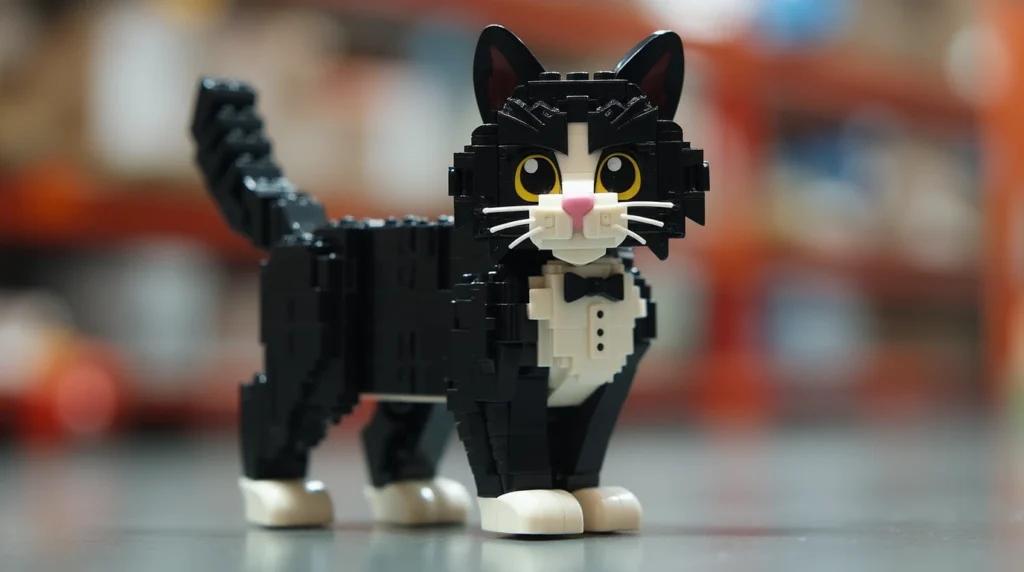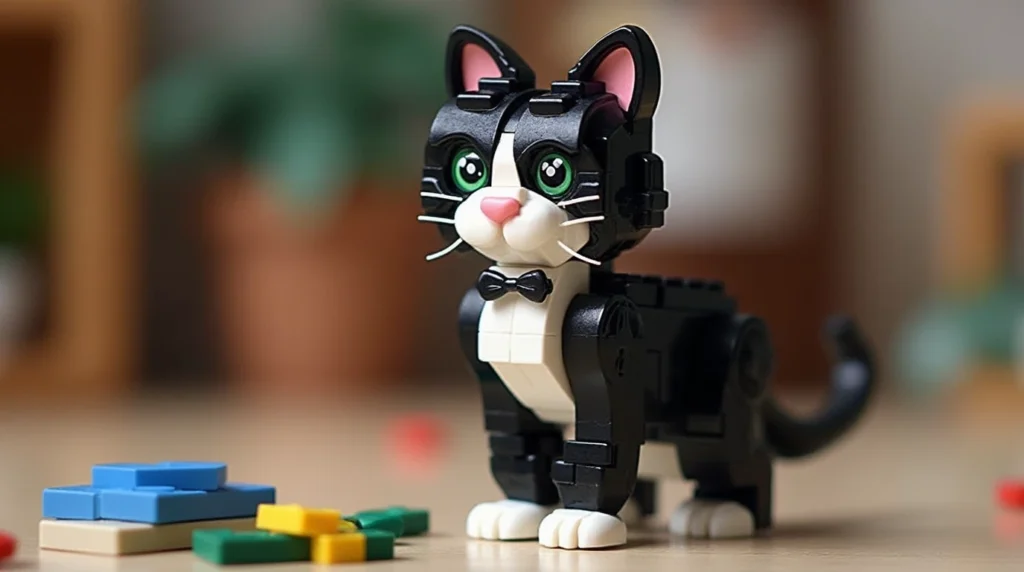Have you ever wondered why your cat seems to keep its distance, only offering affection on its terms? Building a strong and trusting bond with your feline companion is a process that requires patience, understanding, and the right approach. Unlike dogs, cats are naturally cautious creatures, and trust is something that must be earned over time.
Gaining the trust of your cat is one of the most rewarding experiences you can have as a pet owner. A trusting cat will seek your company, feel safe in your presence, and express affection more freely. Whether you have recently adopted a cat, are trying to bond with a shy feline, or simply want to deepen your relationship with your pet, this guide will provide you with seven proven strategies to earn and maintain their trust.
By the end of this article, you will have a clear understanding of how to approach your cat, what behaviors to encourage, and the best ways to communicate in a way that fosters a lasting connection. Let’s dive in and explore 7 ways to gain the trust of your cat and strengthen your relationship with your furry friend.

Table of Contents
1. Give Your Cat Space
Why Personal Space Matters
Cats are territorial animals that value their independence. Unlike social animals that thrive on constant interaction, cats need time and space to feel safe. If you attempt to force affection or rush interactions, your cat may become wary and retreat further.
How to Respect Their Space
- Let your cat approach you first. Cats prefer to initiate contact on their own terms. If they are interested in interacting, they will come to you.
- Provide safe hiding spots. Whether it’s a covered cat bed, a cardboard box, or a cozy nook, having a designated safe space will help your cat feel secure.
- Avoid direct staring. Prolonged eye contact can be interpreted as a challenge in the feline world. Instead, try slow blinking to show that you are non-threatening.
- Give them time. Some cats take days, weeks, or even months to warm up to new people. Be patient and allow your cat to build trust at their own pace.
2. Use Positive Reinforcement
How Rewards Build Trust
Cats respond well to positive reinforcement, where good behavior is rewarded rather than punishment being used to discourage bad behavior. This method helps create positive associations with your presence and actions.
Best Ways to Reward Your Cat
- Use treats strategically. Offer treats when your cat engages in behaviors you want to reinforce, such as approaching you, sitting calmly, or responding to their name.
- Incorporate clicker training. This technique pairs a clicking sound with a reward, making it easier for your cat to understand what behaviors are desirable.
- Give verbal praise. Use a gentle, encouraging tone to praise your cat when they display trust-building behaviors.
- Use petting as a reward. If your cat enjoys physical affection, gentle stroking can reinforce positive behavior.
3. Understand and Respect Cat Body Language
Signs of Comfort vs. Stress
Your cat communicates primarily through body language, so understanding their signals is key to building trust.

Signs of a relaxed cat:
- Slow blinking
- Kneading with paws
- Purring
- Tail held upright or curved
Signs of an anxious or stressed cat:
- Flattened ears
- Dilated pupils
- Twitching tail
- Hissing or growling
How to React to Your Cat’s Signals
- Slow blink at your cat. This is a cat’s way of saying they trust you.
- Respect their boundaries. If your cat walks away or swishes their tail, they may need space.
- Approach them calmly. Sudden movements or loud noises can be unsettling.
4. Feed Your Cat Consistently
Why Routine Matters
Cats thrive on routine, and feeding time is one of the best opportunities to build trust. A predictable schedule reassures your cat that they are in a safe environment.
Best Feeding Practices
- Feed at the same time daily. This helps establish consistency and security.
- Offer high-quality food. A well-fed cat is a happy cat.
- Use hand-feeding occasionally. This helps build positive associations with your presence.
5. Speak in a Soft and Gentle Tone
How Your Voice Affects Trust
Your cat recognizes your voice and tone. Speaking softly reassures them, while loud noises may cause fear.
Tips for Communicating with Your Cat
- Use their name gently. Cats can learn their names, especially when associated with positive experiences.
- Avoid yelling. Sudden loud noises can damage trust.
- Talk to your cat throughout the day. This helps them become familiar with your voice.
6. Play with Your Cat Regularly
Why Play Strengthens Your Bond
Playing with your cat provides mental and physical stimulation, reducing stress and encouraging positive interactions.
Best Playtime Strategies
- Use wand toys to mimic hunting. This engages their natural instincts.
- Let them win. Allowing your cat to “catch” their toy builds confidence.
- Choose interactive toys. Puzzle feeders and treat-dispensing toys encourage trust.

7. Respect Your Cat’s Affection Preferences
Why Every Cat Has Different Needs
Some cats are naturally more affectionate, while others prefer a more independent lifestyle. Understanding your cat’s unique personality is key to strengthening your bond.
How to Know Your Cat’s Boundaries
- Observe their body language. A cat that leans into you enjoys affection, while one that moves away may prefer distance.
- Let them initiate contact. If your cat rubs against you, they are showing trust.
- Be patient. Allow your cat to set the pace for physical interaction.
Pros and Cons of Gaining Your Cat’s Trust
Pros Trust Of Your Cat
✅ Stronger bond with your cat
✅ Reduced stress for both you and your pet
✅ Increased affection and companionship
✅ Better understanding of your cat’s behavior
Cons Trust Of Your Cat
❌ Requires patience and time
❌ Some cats take longer to trust than others
❌ Misreading signals can slow progress
FAQs About Gaining the Trust of Your Cat
How long does it take to gain a cat’s trust?
- It varies by cat; some trust quickly, while others take weeks or months.
What should I do if my cat is scared of me?
- Give them space, use a calm voice, and provide treats to create positive associations.
Can I regain my cat’s trust if I accidentally scared them?
- Yes! Be patient, avoid sudden movements, and use gentle interactions to rebuild trust.
Why does my cat hide from me?
- Hiding is a natural behavior when a cat feels unsafe. Allow them to come out on their own terms.
Do cats trust people who feed them?
- Yes, feeding is one of the best ways to build trust, especially when done consistently.
Conclusion/Trust Of Your Cat
Building trust with your cat requires patience, understanding, and consistency. By following these 7 essential steps, you can develop a strong, loving relationship with your feline friend.
Every cat is different, so take the time to understand their unique personality and let the trust grow naturally.
For more expert cat care tips and advice, visit www.meowrealm.com and share this article with fellow cat lovers!










